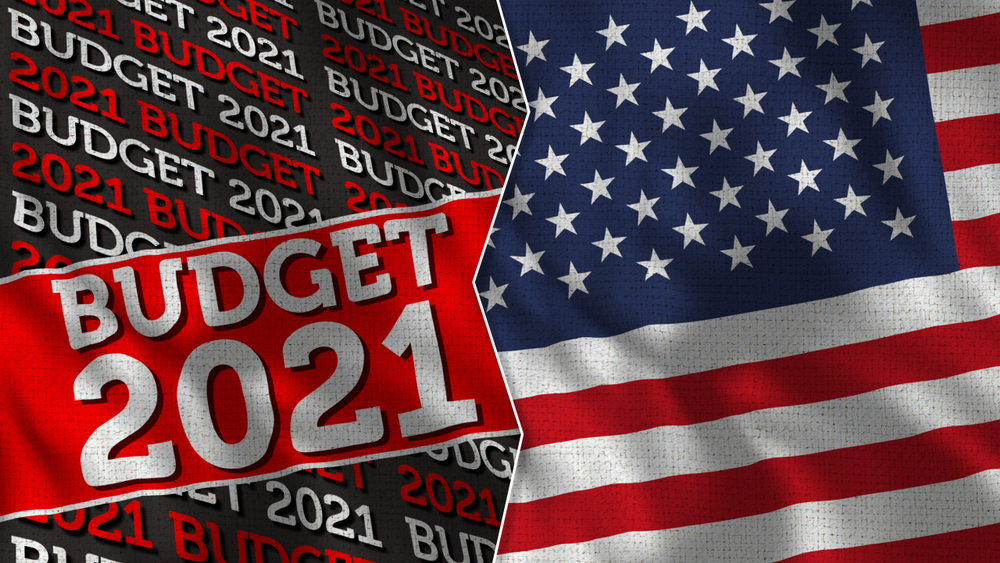
Right now, President Joe Biden and his team’s main focus is the COVID-19 bipartisan relief deal as the Democrats are trying to find new ways of passing the relief without Republicans’ votes.
One of their main options is called budget reconciliation – a procedural shortcut that would allow the Democratic party to fast track the most important plans of the relief package. Simple as it may sound, though, this procedure also involves respecting certain strict rules.
Today, we’re going to find out how budget reconciliation works and why it can be such an important element right now.
What is budget reconciliation?
The reconciliation process has been introduced more than four decades ago as part of the 1974 Congressional Budget Act. In simple terms, this procedure helps lawmakers pass any legislation related to taxes, debt and spending as it limits the bills debate to 20 hours; it also simplifies the confirmation of new laws because it only requires a majority vote.
When lawmakers use budget reconciliation, they can bypass the 60-vote threshold which is usually required to pass new laws.
Now, in our situation, the Democrats are holding 50 of the 100 seats of the chamber. They also have Vice President Kamala Harris, who can act as a tie-breaking voter, on her side. This data is just enough to help Democrats use reconciliation for some key legislation they want to pass.
Which laws can be passed under budget reconciliation?
As I’ve mentioned at the beginning of this post, budget reconciliation also comes with certain rules. One of them is that only bills that affect federal spending or revenue are eligible for this procedure.
Known as the Byrd rule, this multi-pronged test is meant to exempt provisions considered extraneous without impacting Social Security.
The name ‘Byrd rule’ comes from former Sen. Robert Byrd, a West Virginia Democrat, who denounced reconciliation bills for including provisions that didn’t match their original purpose. In today’s Senate jargon, any provisions that get scrubbed by the parliamentarian are undergoing a so-called Byrd bath.
Committees are very careful when writing their bills because they must be approved by Senate Parliamentarian Elizabeth MacDonough; she is the one responsible for enforcing the Byrd rule (or not).
Even after MacDonough approves a bill, it can still be reversed if more than 60 Senators vote to waive the Byrd rule.
Has reconciliation ever been used?
Although not many people are familiar with this procedure, reconciliation has been used by many former presidents. Some of the most recent examples are Trump’s sweeping tax cuts from 2017 or the Affordable Care Act proposed by Obama in 2010.
How will the procedure be used for the COVID package?
This Monday, Nancy Pelosi and Chuck Schumer (Democratic leaders) have just introduced a budget resolution; this is the first step required to even begin writing the coronavirus relief bill.
The budget resolution includes instructions for the designated committees so they can write the reconciliation bill appropriately. However, this option might also bring several changes to Biden’s original relief package; they can regard COVID-19 vaccine distribution, stimulus checks or unemployment insurance.
The House Budget Committee (now led by Democratic Rep. John Yarmuth from Kentucky) describes these formal reconciliation instructions as ‘directing one or more committees to recommend changes to existing law to achieve specified changes in spending, revenues and/or the debt limit.’
Since Biden’s relief package includes many changes that can have an immediate positive impact on our country, the Democrats are pressured to move the legislation by mid-March the latest. Why? Because that’s the expiration term for many unemployment benefits provided to those impacted by the pandemic.
However, if the Senate denies the first budget resolution draft, the House must keep making reconciliation instruction modifications until it gets approved.
What do Republicans think?
Right now, the Republican Party is somewhat frustrated that the Democrats can use this procedure to pass legislation they don’t agree with. Although we’ve seen an effort on both sides to achieve a bipartisan direction, this Democratic move might set a partisan tone for the next four years.
RELATED POST: The 9 Most Divisive Cabinet Picks in US History







